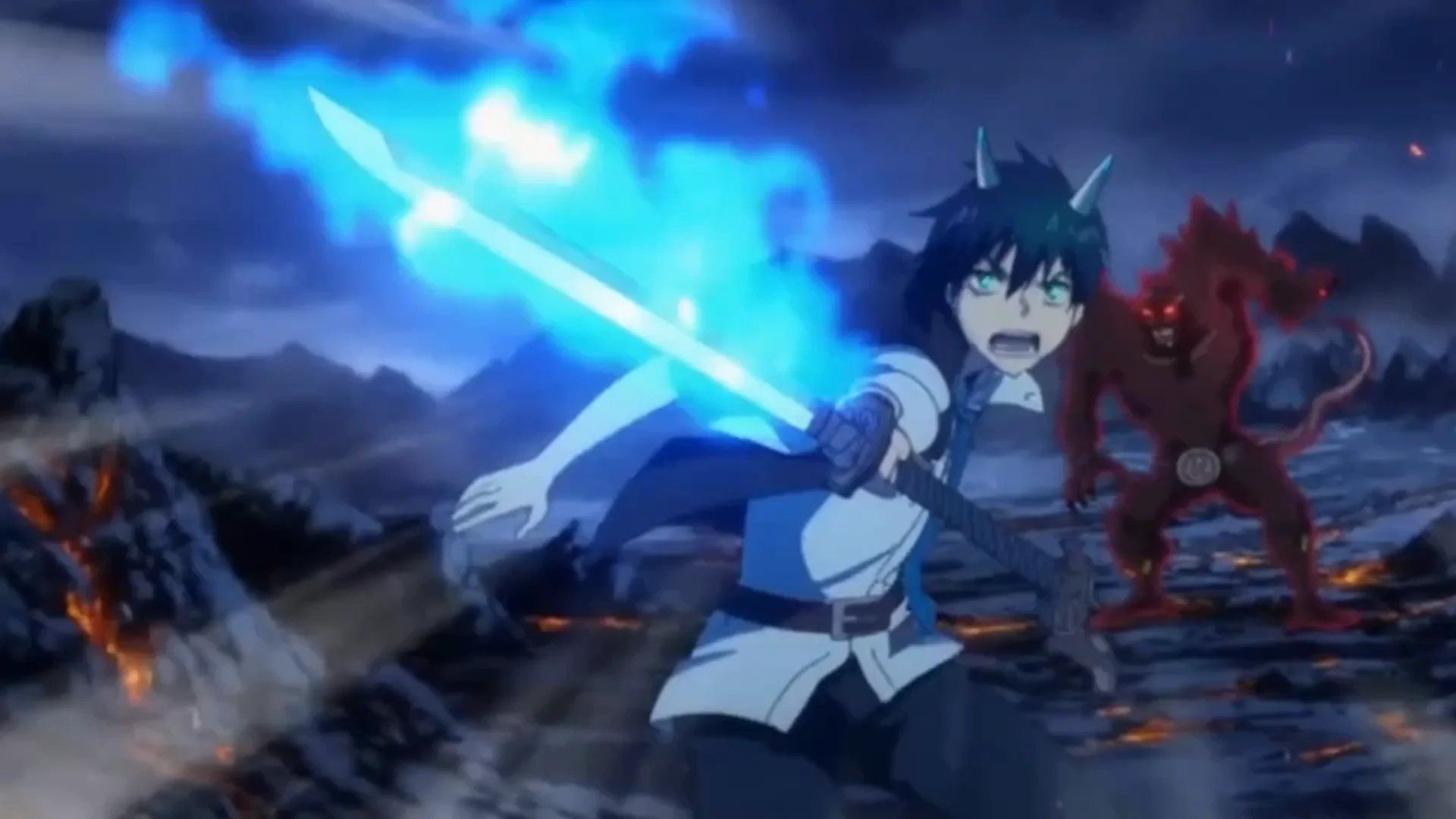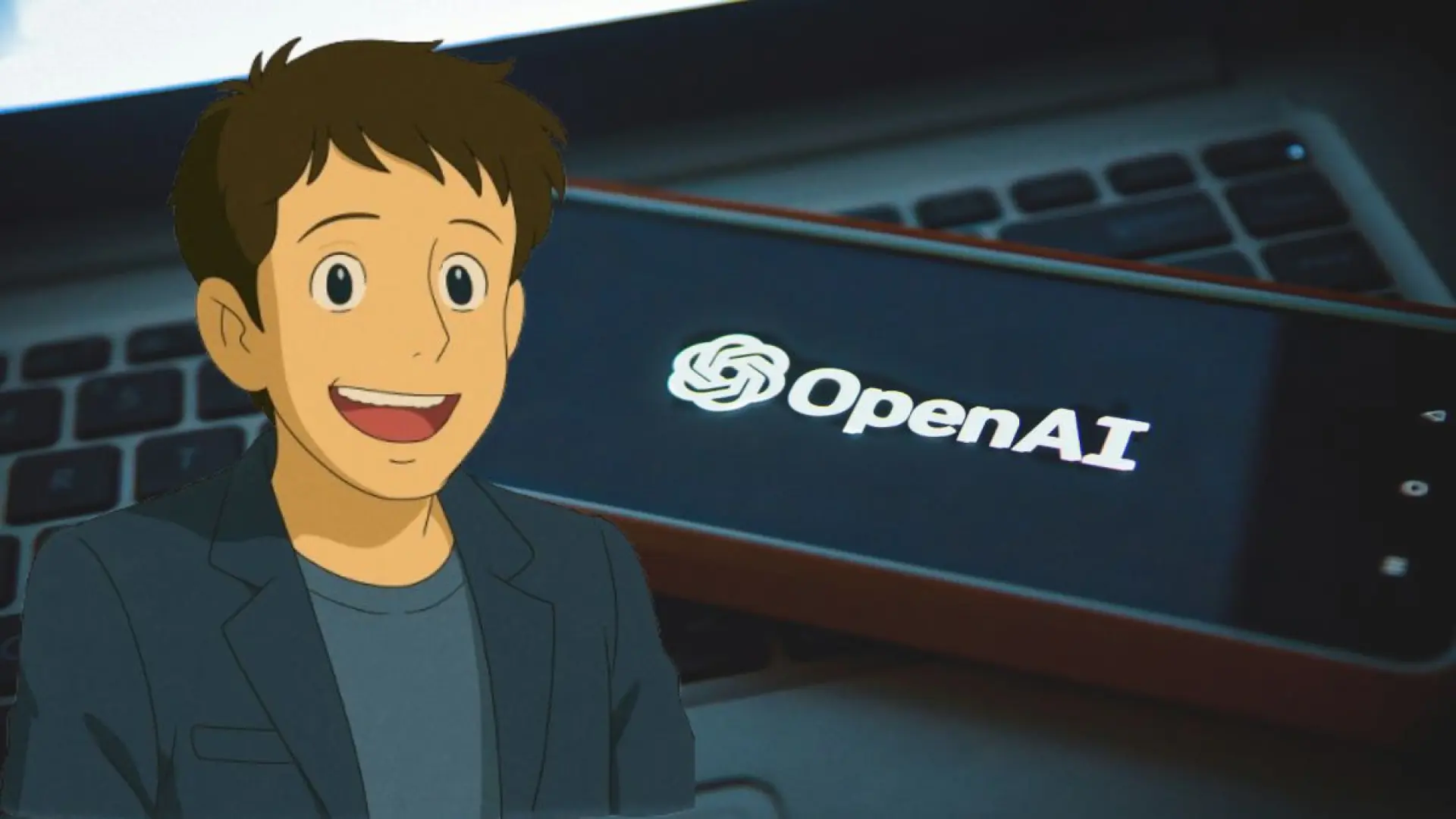- A group of 17 Japanese publishers and industry organizations warn OpenAI about Sora 2 and potential copyright infringements.
- They demand a shift from the opt-out model to prior authorization (opt-in), with transparency and compensation for creators.
- CODA submitted a formal request to stop the use of unlicensed Japanese works in model training.
- The sector does not reject AI: it asks for a clear framework that respects Japanese law and international treaties.
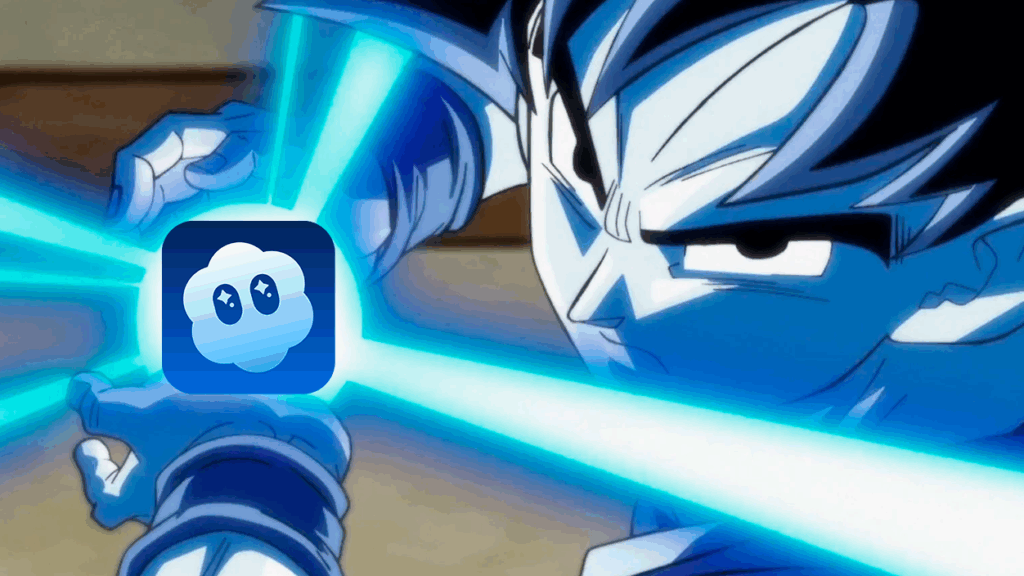
La The publishing and entertainment industry in Japan has issued a strong warning to OpenAI for using copyrighted works in training its video model. Gravel 2At the center of the pulse is the respect for Japanese copyright and the way in which data is collected and used to teach artificial intelligence.
A united front of major publishers and associations, joined by a separate statement from Shueisha, denounces an avalanche of generated videos that They clearly imitate styles, characters, and scenes. of anime and manga. The message to the AI provider is clear: the training system must be changed, and transparency and permissions must be guaranteed.
What are publishers complaining about, and why are they pointing the finger at Sora 2?
The affected companies are calling for an end to the post-exclusion scheme and the adoption of a new model. prior consent (opt-in) for any use of protected works. Furthermore, they demand full transparency regarding datasets and compensation mechanisms for creators whose work is used in learning.
The publishing coalition—with names like Kadokawa, Kodansha, and Shogakukan—and Shueisha's separate statement point to a notable increase in generated content that They depend on pre-existing materials, with similarities so obvious that they would border on infringement of rights over characters and creative universes.
Both positions criticize the current voluntary exclusion approach, considering that It forces the author to pursue the retreat. instead of requiring authorization from the outset. They argue that this system would clash with the Japanese copyright law and with the WIPO Treaty, which raises the legal bar for the conflict.
CODA's intervention and the institutional front

The Content Overseas Distribution Association (CODA), which brings together firms such as Shueisha, Toei Animation, Square Enix, Bandai Namco, Kadokawa and Studio GhibliCODA submitted a formal request to OpenAI asking them to stop using unlicensed Japanese works in Sora 2 training. In their request, CODA emphasizes that copying works in the learning process may constitute an offense under the country's regulations.
CODA also requires direct and verifiable answers to inquiries from affected stakeholders, including whether the model incorporates Japanese material without permissionThe association's move adds to the pressure from the publishing sector and reinforces the idea that the case transcends the merely technical to fall into the regulatory sphere.
Shueisha and creative partnerships: strict measures if there is an infringement
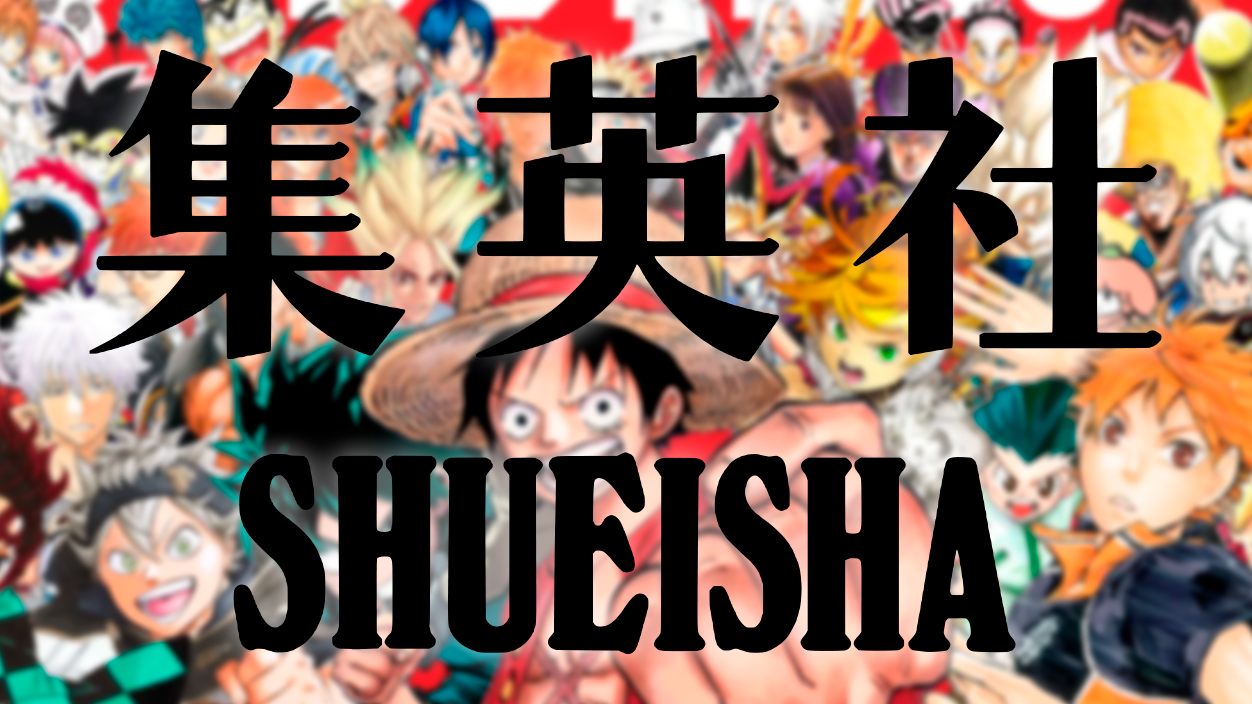
In addition to supporting the claims, Shueisha emphasizes that it will take “appropriate and strict measures” in the event of any detected violation. This stance aligns with the publishers' shared objective of ensuring a safe environment fair, transparent and sustainable for creators and users, where AI advances without infringing on rights.
Other organizations, such as the Association of Japanese Animations and the Japan Cartoonists Association, have taken the same stance, claiming that express permission is obtained in the learning and generation phases to balance technological innovation with the protection of creative work.
Is it a rejection of AI or of its misuse? The sector clarifies its position
The actors involved do not outright reject the technology: on the contrary, they recognize its potential as long as it is applied with ethical and legal criteriaOne example is Shogakukan's investment in Orange Inc. to speed up manga translations, or Toei Animation's use of AI to improve internal processes.
The Japanese ecosystem has even explored controversial cases: the short The Dog & The Boy Netflix Japan used AI-generated background imagesand anime Twins HinaHima He used algorithmic assistance in most of his cutssparking debates about creative boundaries and crediting.
Background: From the “Ghibli” trend to the alarm over cloned styles

Before the current uproar, there was already a wave of content that “They were making up"images, with results almost indistinguishable from Studio Ghibli's style. Although the trend became popular, the art community and fans criticized it for its potential for appropriation of unique styles without consent.
The controversy reinforced the idea that when a model reproduces very specific creative signals, the border disappears between inspiration and copyingThat is precisely it. one of the core complaints against Sora 2 in the anime and manga field.
The legal knot: from opt-out to opt-in and the role of the Government
The clash centers on whether it is enough for the creator to request exclusion after the fact or, as the sector demands, whether it is necessary to have prior authorization before any use. The publishers argue that the second approach is more in line with the Japanese regulatory framework and international commitments.
Official voices from the Japanese government have emphasized that Manga and anime are cultural treasures whose integrity must be preserved.If OpenAI does not cooperate, the authorities could activate regulatory tools to open formal investigations in cases of misuse, as has been revealed in the public debate.
Criticisms of the model: similarities and “overfitting”
Critics and rights holders They claim that Sora 2 generates clips with palettes, compositions and features that are reminiscent of specific Japanese franchisesSome experts point to possible generalization problems, with learning that replicates overly specific signals when the database includes highly representative samples.
Beyond the technical label, the practical consequence is that The exits can be mistaken for protected works, fueling suspicion that copyrighted materials were used in the training without proper permission.
The answer that headlines demand and the possible scenarios
The sector demands, in addition to transparency, that the following be implemented license agreements where appropriate, and that filters and blocks be strengthened to prevent the generation of material that reproduces distinctive features of protected works.
- Prior permits (opt-in) and traceability of the data used in training.
- Licensing agreements with publishers and studios when necessary to cover specific uses.
- Technical controls to prevent imitation of recognizable styles and characters.
- Formal responses to complaints of the affected members and clear avenues of recourse.
Meanwhile, organizations like CODA continue to work with international partners against the piracy and illicit distribution, a front that now intersects with the challenges of generative AI.
A view from Europe and Spain
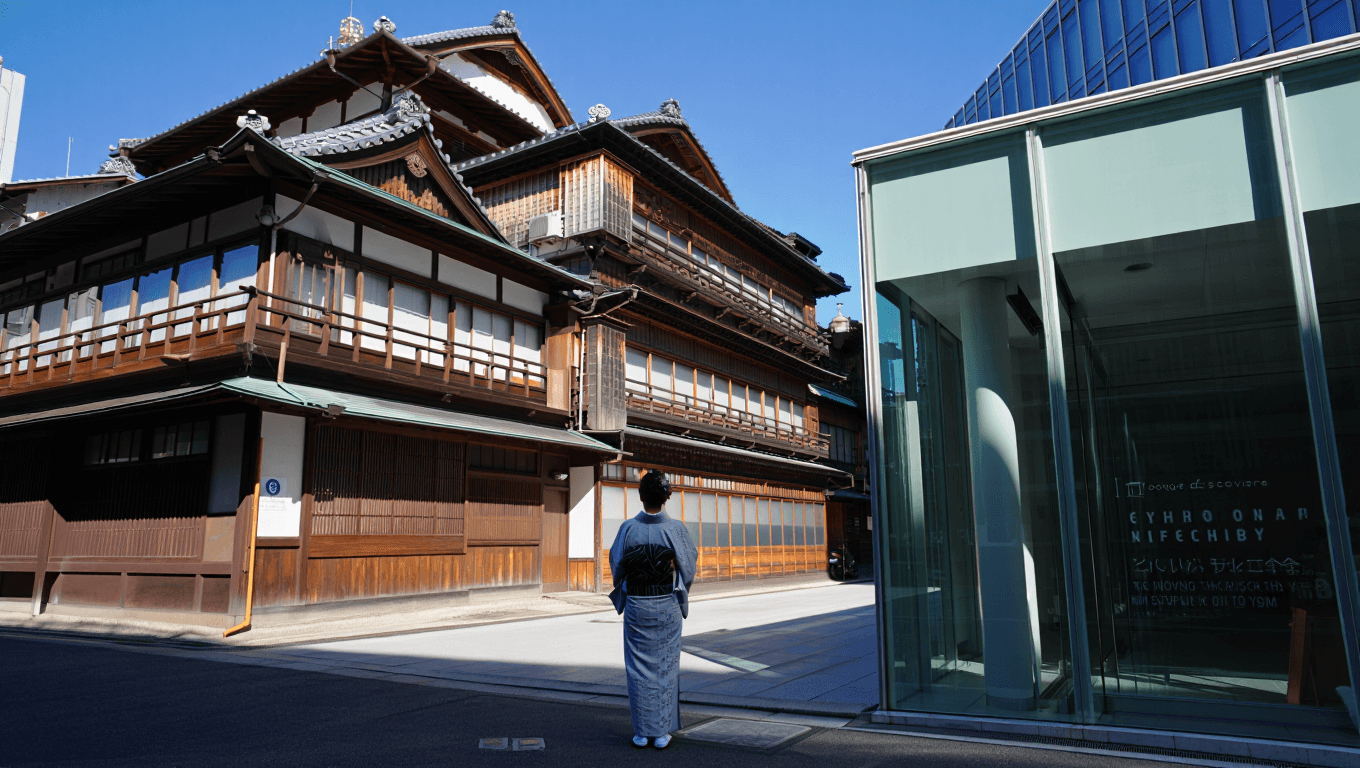
The Japanese pulse is followed with interest in Europe, where creators and technology companies observe how the permit and transparency requirements in model training. For the Spanish public and industry, the case illustrates the practical dilemmas of combining innovation with Protection of intellectual property in sensitive cultural sectors.
The discussion in Japan could influence expectations and standards regarding licensing, traceability and filters applicable to multimodal models, issues that are also a concern in the European market.
With Japanese publishers and associations prepared to take action, and CODA demanding concrete changes, OpenAI is placed to clarify what data feeds Sora 2 and under what permissions. The industry does not reject AI, but it does demand clear rules: prior authorization, transparency, and respect for copyright as a basis for a sustainable coexistence between technology and creation.
I am a technology enthusiast who has turned his "geek" interests into a profession. I have spent more than 10 years of my life using cutting-edge technology and tinkering with all kinds of programs out of pure curiosity. Now I have specialized in computer technology and video games. This is because for more than 5 years I have been writing for various websites on technology and video games, creating articles that seek to give you the information you need in a language that is understandable to everyone.
If you have any questions, my knowledge ranges from everything related to the Windows operating system as well as Android for mobile phones. And my commitment is to you, I am always willing to spend a few minutes and help you resolve any questions you may have in this internet world.


